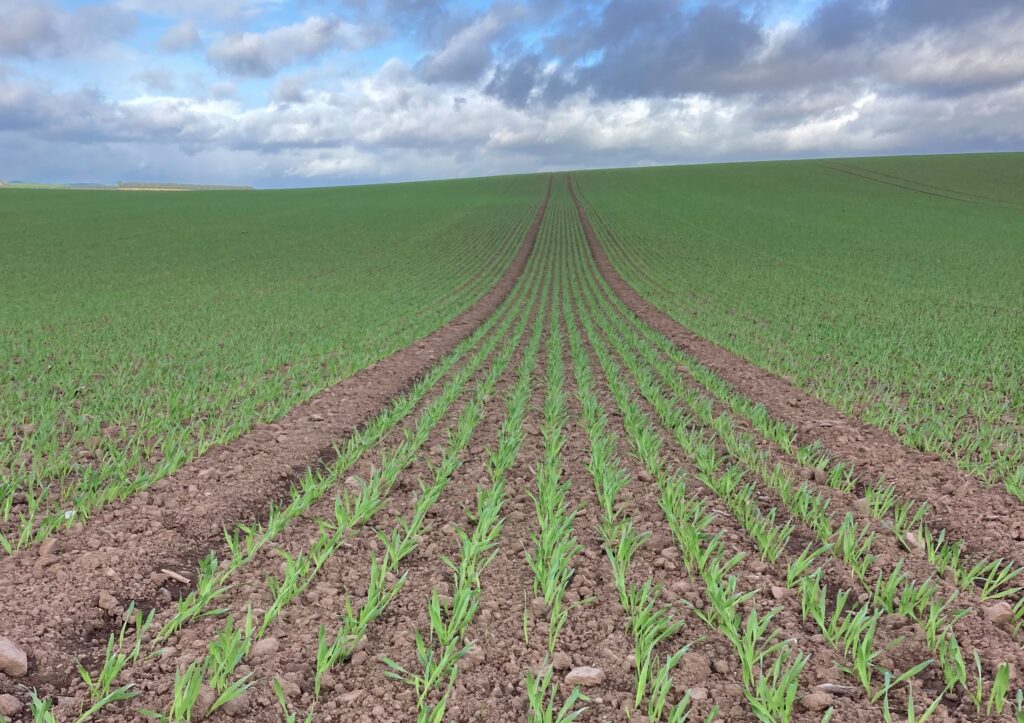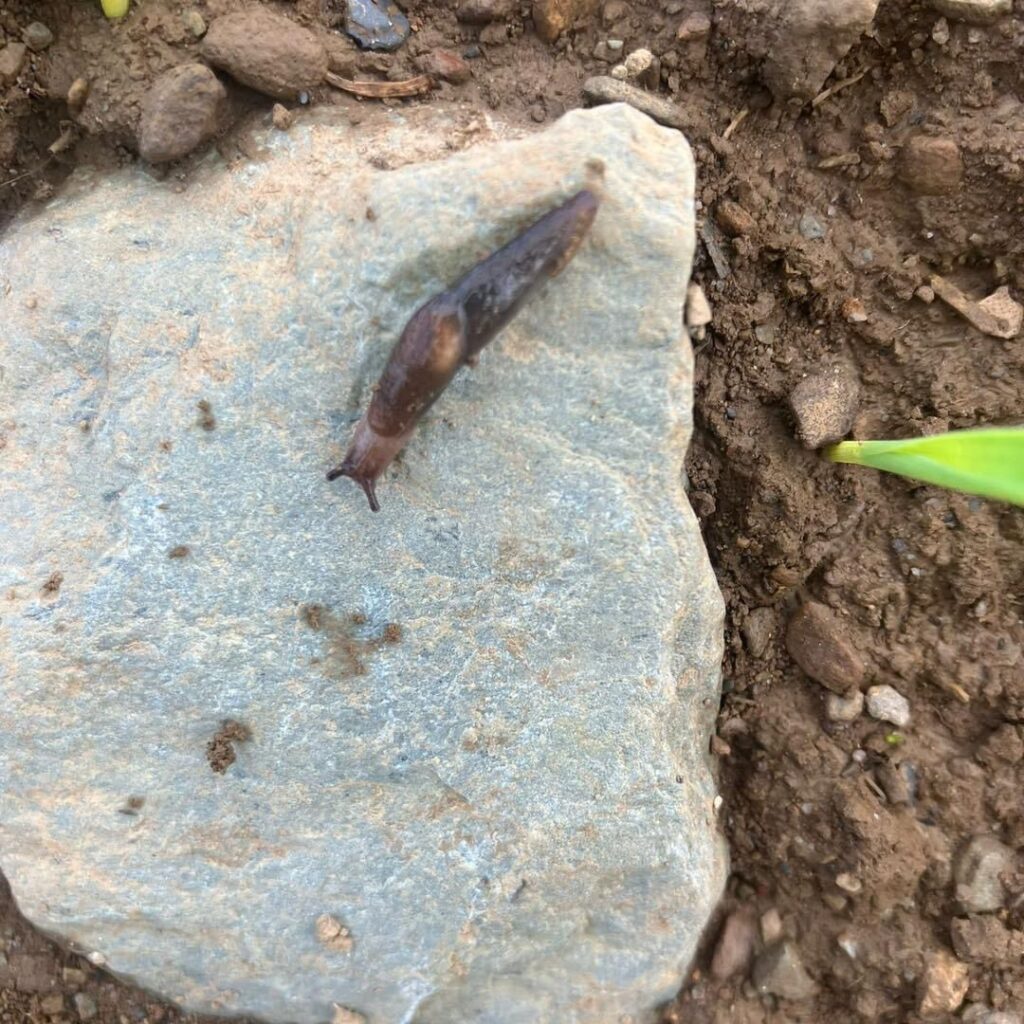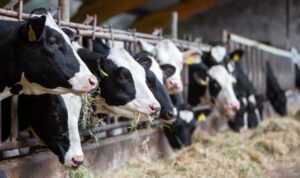Winter Sowing
According to Teagasc, winter cereal plantings in 2024–2025 will reach the same levels as those noted in the autumn of 2022. This is a direct result of the dry weather that dominated the first week of October and all of September. Growers are taking the chance this season after getting caught out so badly last year when the weather didn’t pick up.
Wheat
The best chance for strong yields and to lower the risk of take-all is to sow wheat following break crops. Even with the decreased take-all danger, early seeding still exposes it to grass weeds and Barley Yellow Dwarf Virus (BYDV). Furthermore, the current wheat varieties’ weak susceptibility to septoria, a condition made worse by early sowing, is a cause for increasing concerns.
Barley
In barley seed selection this year, it is clear that growers are opting for BYDV tolerant varieties such as Drummonds Molly and Orcade as a result of the early sowing. Some growers may choose to plant winter barley after a break crop, using a BYDV-tolerant variety to extend the sowing window, because of the growing risk of septoria in wheat.
Oats
With a lot of sowing already having been complete around the northeast, Oats may be the last to go into the ground. Oats that have already been planted in mid-October may need an aphicide to control BYDV as temperatures remain high. Growers should keep an eye out for mildew in the earlier planted fields in the coming weeks if the mild damp weather continues.
Wheat and barley should have received a pre- emerge herbicide within 48hrs of planting or should be prepared to apply a post emerge herbicide when the crop emerges. The inclusion of an aphicide should be added into a tank mix if aphids are present in early planted crops. Contact your Drummonds Agronomist during this period for crop advice.

Drummonds Trial Site
The start of the 2025 season is underway at the Drummonds Trial site. The planting of the barley, wheat and oat plots have been carried out at the end of October when ground conditions were ideal. We have numerous plots of barley, wheat and oats. These are in conjunction with the commercial plots of cover crops, oilseed rape, barley, wheat, oats and beans. We will be keeping customers informed over the coming months of the work being carried out on site.

Slug Monitoring
As soils get wetter, keep an eye out for pest attacks on any crops that were planted later, notably wheat. Put some traps down where you think slugs could be an issue. You can use a plastic bag or slate with cereal below to draw the slugs in. To see the populations, check the traps every day. Treatment is usually necessary for crops that are struggling or emerging and when you observe five or more slugs.

Oilseed Rape
Oilseed rape disease pressure is increasing due to the mild and damp end of October. This autumn, Phoma is prevalent, and the crop needs to be treated as soon as 10% of the plants are infected. The primary rape disease in Ireland is Light Leaf Spot, however it can be challenging to diagnose in the autumn. All rape crops should be treated with a mild leaf spot fungicide in November in order to prevent disease. Phoma will be covered as well during this application. A Plant Growth Regulator (PGR) should be used on any advance crops to help control canopy development over the winter. Contact your Drummonds Agronomist during this period for crop advice.
Beans Harvest
The beans harvest has been a dragged-out affair. Although a large portion of the harvest is done there is still a small percentage of beans still to be harvested in the area. Yields have been widespread with reports of 3.5 and 6.2t/ha. The high moistures in the last couple of weeks could be a contributing factor to this. Farmers will be taking the opportunity to harvest when they can as delaying this harvest is preventing the planting of a 2025 crop.



